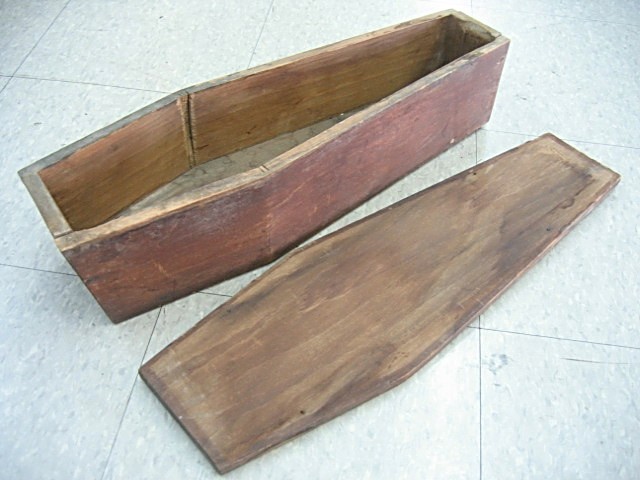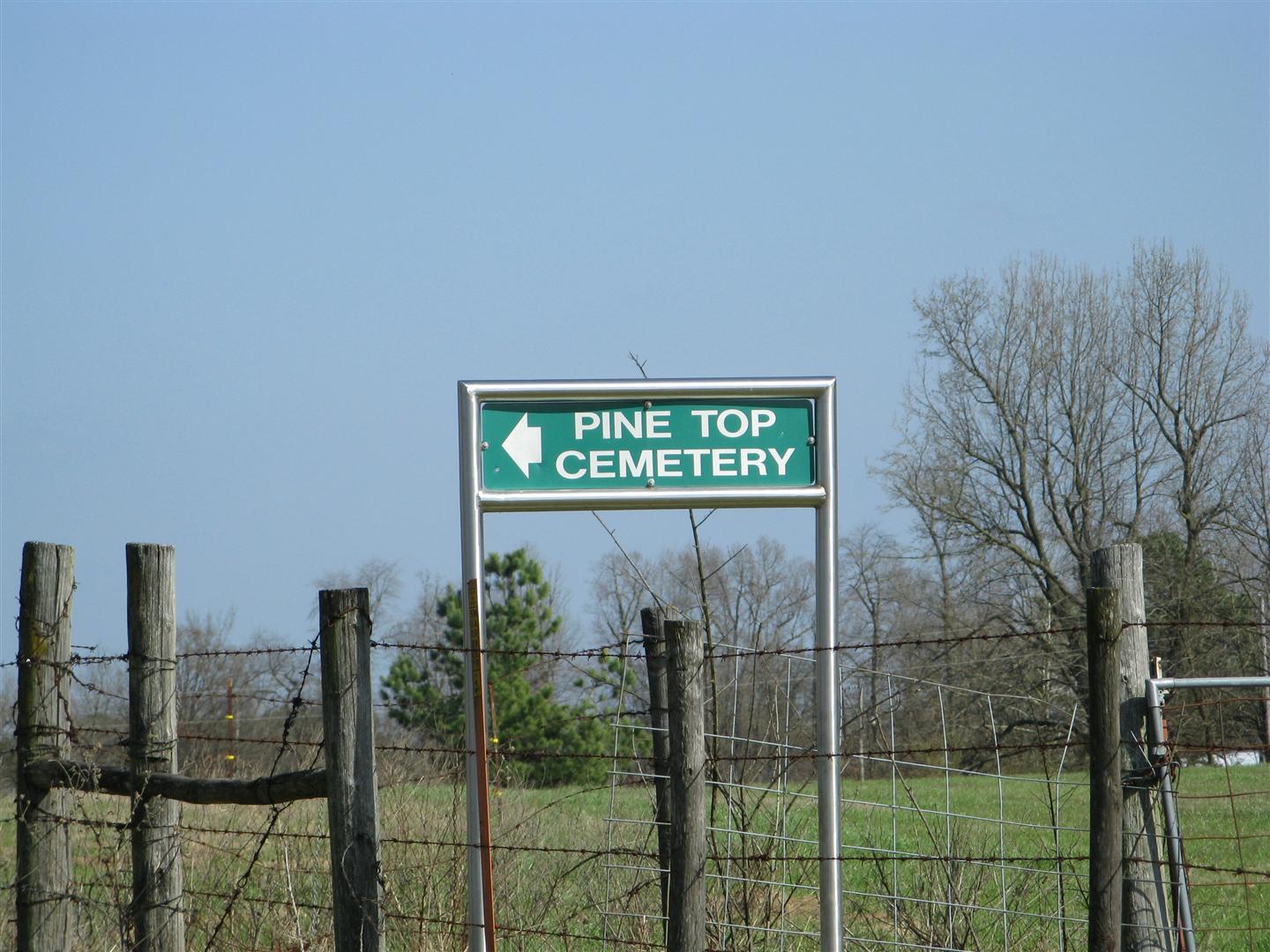Mortician’s Note: The following essay was written for The Order of the Good Death by Susie Kahlich (website) an American writer living in France. She contacted me about natural burial and after falling in love with her writing I asked if she would write about her personal experiences. This is the result. It is a brilliant story with the strong message that you can NEVER let anyone tell you that the death of those you love is out of your hands, or that the simple act of caring for the dead is “dirty” or “unclean” or “illegal” if not done by a funeral director. It’s insidious and not true.
*~*~*~*~*
“We’ve been lucky in our family,” my dad philosophized. “We haven’t had a lot of tragedy, we haven’t suffered a huge amount of loss. So when something like this happens, it seems even bigger to us. But the truth is, it happens all the time, every day, to families all around the world. It’s a part of life, hard as it is to take sometimes.” This was said to me on the porch of my younger brother’s home in Tempe, Arizona, in the days between the death of and funeral for my brother’s baby boy.
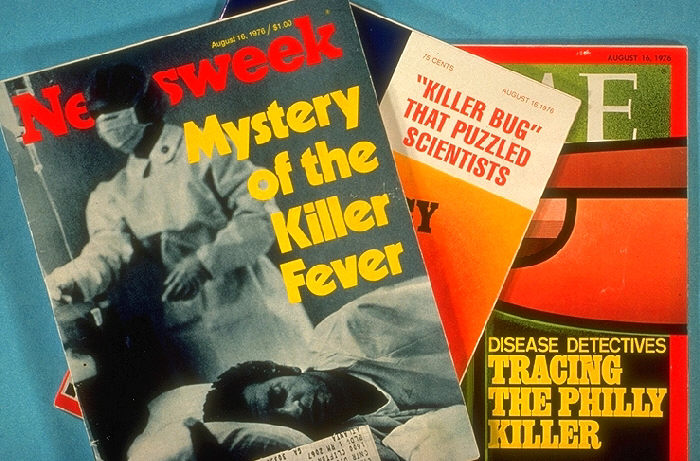 Joseph Calvin Kahlich was born at home on October 5, 2002. About the size of a Thanksgiving turkey, he arrived with a shock of dark hair, a very healthy appetite and the most beautiful eyes you’ve ever seen. On Joe’s fifth day in the world, he contracted Legionnaire’s Disease. Of course, no one knew this at the time because Legionnaire’s Disease is not something anyone—including doctors—routinely test for, since it is relatively rare and, in our collective consciousness, we think of as only affecting elderly, fez-wearing conventioneers. But no, turns out Legionnaire’s Disease is lethal to infants as well as the elderly and only the CDC has the facilities to diagnose it, or did at the time. Not knowing what they were fighting, the doctors were unable to stop the disease running its course, filling poor Joe’s lungs up with fluid, affecting his heart and, finally, pooling blood on his brain.
Joseph Calvin Kahlich was born at home on October 5, 2002. About the size of a Thanksgiving turkey, he arrived with a shock of dark hair, a very healthy appetite and the most beautiful eyes you’ve ever seen. On Joe’s fifth day in the world, he contracted Legionnaire’s Disease. Of course, no one knew this at the time because Legionnaire’s Disease is not something anyone—including doctors—routinely test for, since it is relatively rare and, in our collective consciousness, we think of as only affecting elderly, fez-wearing conventioneers. But no, turns out Legionnaire’s Disease is lethal to infants as well as the elderly and only the CDC has the facilities to diagnose it, or did at the time. Not knowing what they were fighting, the doctors were unable to stop the disease running its course, filling poor Joe’s lungs up with fluid, affecting his heart and, finally, pooling blood on his brain.
After making the very painful decision to take their baby off life support, my brother and sister-in-law had only one stipulation: their son was to be left alone. That is, after 6 days being pumped full of drugs, poked and prodded, all they wanted now for their boy was to truly rest in peace, return to the Earth, “feed a tree.”
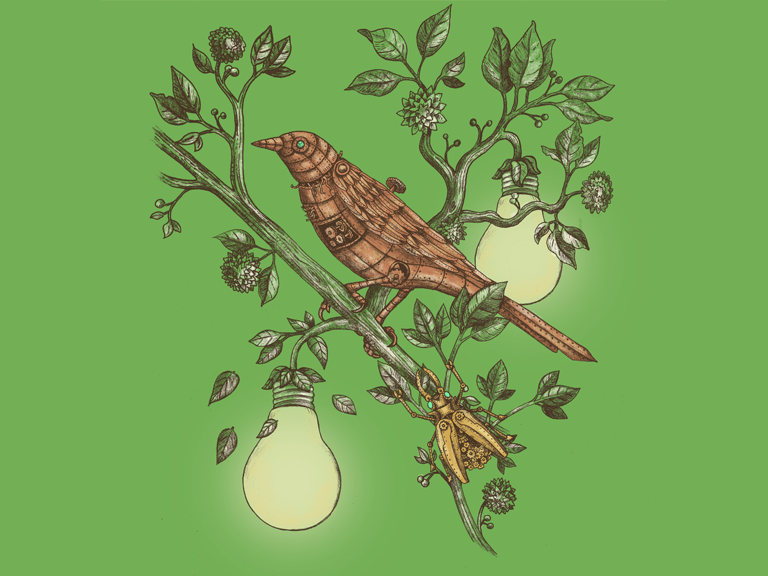 My family has mostly gone in for cremation – we’re not the burying kind. So we were complete naïfs about everything having to do with the particular process of burial. What we learned was that, traditionally, you call a funeral home, they collect your deceased from the hospital, prepare the body for the funeral, and deliver your loved one to their final resting place. Simple enough. Except it’s not. Every funeral director I spoke to told me they were required by law to “preserve” the body after collecting it from the hospital, e.g., pump it full of formaldehyde and other chemicals. Every funeral home told me they could only use their own caskets, which were all lead-lined (against what? radiation? isn’t that just a bit redundant?). Every cemetery I spoke to told me they could only – by law — bury our loved one in a grave lined with heavy polystyrene plastic that would remain in the grave (huh? to keep the dirt off the casket?). And the hospital told me they would only release a body to a licensed funeral director. According to this passel of funereal folks, there is no such thing as returning to the Earth, no such thing as feeding a tree (several cemeteries around Phoenix informed me they didn’t even have trees), no such thing as natural burial.
My family has mostly gone in for cremation – we’re not the burying kind. So we were complete naïfs about everything having to do with the particular process of burial. What we learned was that, traditionally, you call a funeral home, they collect your deceased from the hospital, prepare the body for the funeral, and deliver your loved one to their final resting place. Simple enough. Except it’s not. Every funeral director I spoke to told me they were required by law to “preserve” the body after collecting it from the hospital, e.g., pump it full of formaldehyde and other chemicals. Every funeral home told me they could only use their own caskets, which were all lead-lined (against what? radiation? isn’t that just a bit redundant?). Every cemetery I spoke to told me they could only – by law — bury our loved one in a grave lined with heavy polystyrene plastic that would remain in the grave (huh? to keep the dirt off the casket?). And the hospital told me they would only release a body to a licensed funeral director. According to this passel of funereal folks, there is no such thing as returning to the Earth, no such thing as feeding a tree (several cemeteries around Phoenix informed me they didn’t even have trees), no such thing as natural burial.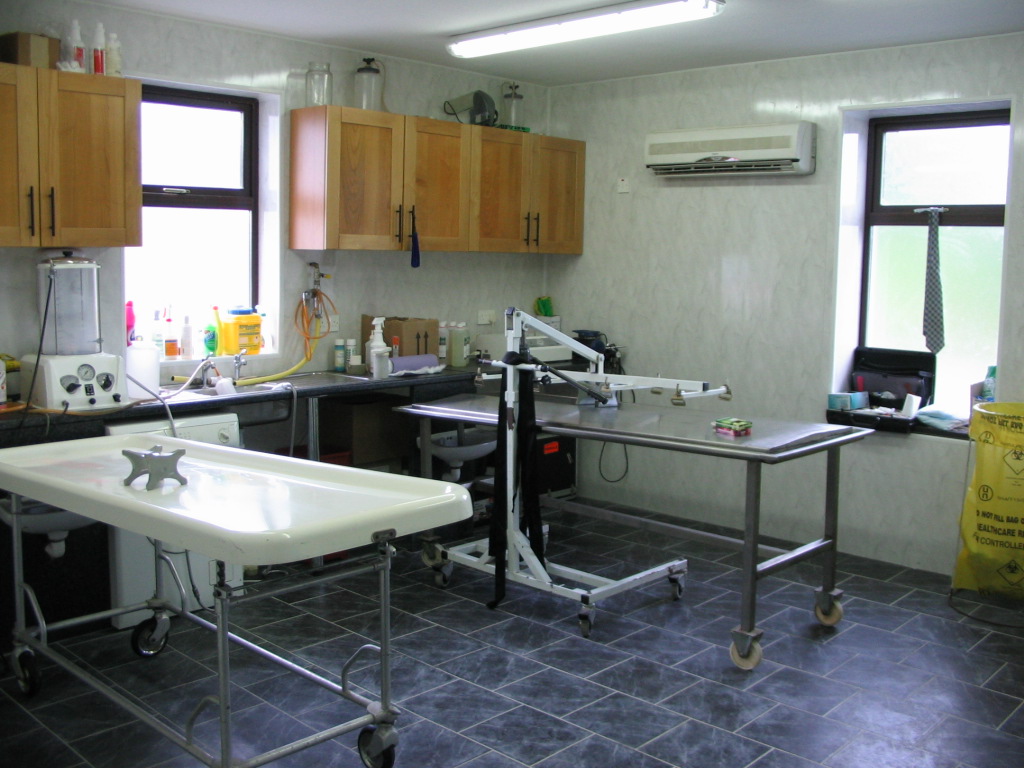 Well. I am stubborn. And at the time, I worked for a law firm. That meant that I was very good at finding a way around a chorus of “no’s”, on the one hand, and that I wasn’t afraid to go reading boring State or Federal law, on the other.
Well. I am stubborn. And at the time, I worked for a law firm. That meant that I was very good at finding a way around a chorus of “no’s”, on the one hand, and that I wasn’t afraid to go reading boring State or Federal law, on the other.
Contrary to everything I had been told, I learned that a family can appoint legal representatives to retrieve a body from a hospital or morgue – and they don’t have to be licensed funeral directors? And in Arizona, at least, parents of a deceased child can retrieve the body themselves (although the incredibly nice and sensitive people at the Centre for Natural Burial advised not letting the parents view their deceased child after autopsy). I learned that, in Arizona, a corpse can be kept in a private home up to 48 hours if packed with dry ice (there’s a body weight-to-dry ice ratio that must be followed), that open-coffin funerals are prohibited in private homes, that it is illegal to transport bodies across state lines. This information—all of 4 items—took me as many days to hunt down because the party line I received over and over again was that natural burial was just not possible.
My father and my other two brothers were appointed legal representatives in order to retrieve the body from the hospital, although none of them were looking forward to it. Meanwhile, Joseph’s maternal grandfather, a master carpenter, was building a simple pine coffin using only wood – no iron nails, no metal handle – for Joseph’s final resting place. We had, after days on the phone with every cemetery in the greater Phoenix area, as well as a couple of tribal representatives for nearby Native American reservations (I was willing to try anything), finally located a natural burial cemetery in Pinetop, AZ, a 6-hour drive from Tempe and, coincidentally, the town Joseph’s parents were married in.
Luckily, the men in my family were saved at the last minute from the grim errand of retrieving Joseph’s body from the hospital thanks to the help of Mr. Rudy Thomas, the President of the Arizona Board of Funeral Directors and Embalmers (! told you I’m stubborn), who I had contacted for assistance in finding a compliant funeral home. Mr. Thomas was gratifyingly outraged at the difficulty I had been experiencing and all the crap other funeral directors had been feeding me, and even took their names and contact info so he could follow up. He was also generous with his time, quite jovial, very friendly, and was the perfect balm to the prior very stressful three days. Rudy Thomas promised to help us, and help us he did.
It took him about a day, but Mr. Thomas put us in touch with a Mesa-area funeral home run by a husband and wife who were both unbelievably kind and understanding. They did not insist we use their caskets, we hold the funeral at their location, we submit to embalming. They simply accepted our casket, retrieved the body from the hospital, packed everything up with enough dry ice for 48 hours and delivered the casket containing our Joseph to my brother’s home. We held a memorial service in the back yard with I think at least 100 neighbors, friends and family members, and the next morning packed everything and everybody up in two cars and headed for Pinetop.
I rode in the same car as the casket containing Joseph; it was sobering and enlightening and oddly humanizing to spend so much time with death for such an extended and intimate period. Your first instinct is to whisper when in proximity of the dead, but it’s ridiculous to whisper in a car for 6 hours. And so, over time, you mellow out. You can talk normally, you can eat road snacks, you can even crack a joke or two. You come to realize that death is just another thing in the car with you.
By this time we had been living with death in a rather pragmatic way for almost a week. Even before we were in possession of the body, we were taking care of it – how Joseph’s remains would be handled, where he would be laid to rest, how he would be honored – in a way that helped us accept this death into our lives. Taking control of our Joseph’s remains let us process this death in our own way, on our own terms; made it intimate, a part of our family. Giving Joseph back to the earth made his brief life feel like a precious gift we were honored to hold rather than something that was cruelly snatched away. It reminded us that it is to the earth we all truly belong.
Very early in the morning, we took Joseph to the cemetery in Pinetop: his parents, two sets of grandparents, me, his two uncles, a fiancée, and the family dog. I have never been in a cemetery so unlike a cemetery as this. Wooded, quiet and remote, the headstones unsupported by a concrete-enforced grave, and so sinking into the earth, moss-covered, half-buried in fallen leaves and looking as natural a part of the life in this forest as the wild ferns and the squirrels and the birds. This was death that was soft and kind, beautiful and green and rich. This was graceful decay, smelling of yielding earth and, dare I say it?- life. The cemetery workers had already been to the site and prepared it for us, leaving a small collection of shovels so we could fill the grave ourselves. There was no one else there – no caretakers, no mourners, no funeral directors. We placed our boy in the ground, covered his small casket with all the flowers from his memorial (mulch! as his mother pointed out), and filled his grave with the fresh, pure dirt of the forest floor.
This was a way of death you could live with. Somehow knowing we were committing Joseph back to this earth—indeed under a tree whose roots stretched just to the edge of his small grave—made it easier to let him go, to know that this child would live on, would feed a tree, the sustenance of his body traveling all the way to its leaves, convert C02 into oxygen and become the very air that we breathe.

